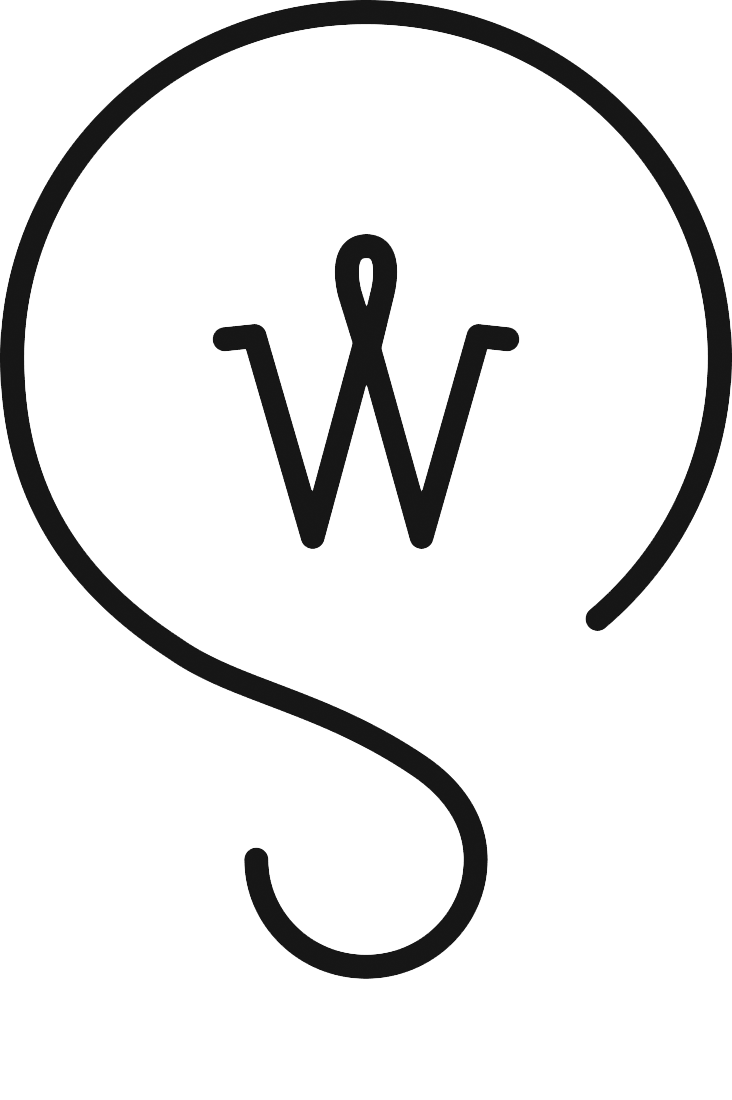Frances & Joe’s Wedding Invitations: Chapter 2 — A ‘Grand’ Plan
The Boothbay Harbor Yacht Club, drawn from multiple photographs.
This project had several influences, both big and small, all happening at once. I've briefly touched upon the selection of fonts from Frances’ first inspiration to use typewritten lettering and the creation of my hand-drawn brush lettering, which I will get into more depth about in upcoming chapters.
By early February, I had delivered a first draft of the invitation. Joe and Frances were thrilled with what they saw, and asked if I would want to design a complementary R.S.V.P card, travel information card and invitation to a second later-date reception. I was totally up for it, but I would need to re-evaluate the invitation in a new context. Things quickly became cosmic.
A scene from Wes Anderson’s “The Grand Budapest Hotel.” The lovely design of the book cover in this scene was an inspiration for the travel information card. Photo courtesy of Fox Searchlight.
During intermissions between rounds of sketching out the accompanying cards, I was reading the volume of Matt Zoller Seitz’s (@MattZollerSeitz) “The Wes Anderson Collection” for “The Grand Budapest Hotel.” The film itself had begun to play on a loop on HBO. I had seen it in the theater and loved it. No matter when I had the TV turned on, I caught a clip here and there, my understanding of scenes developed more fully with background from Seitz’s interviews. Seitz’s book details the process of how the film was made with the artists and craftsmen who curate Anderson's unique vision for the screen. The book also includes intimate interviews with Anderson himself about the film and his inspirations. Max Dalton’s illustrations and artwork for the books in the collection are inspiration alone. It was impossible not to be turned on creatively by the book and the art direction of much of the film's props.
I was also inspired by others who are inspired by Anderson’s work. I browsed Pinterest, Etsy and social media, stumbling on an impassioned crowd of fan artists. They made interpretive portraits of M. Gustave, Zero and specific vignettes from the film; silkscreen posters incorporating hand-drawn quotations; and other handmade craft projects. You can see how much the film and film's aesthetic has meant to them as seen interpreted through their work.
This envelope is one of my favorite examples of fan art made with inspiration from Wes Anderson’s “The Grand Budapest Hotel.” Tips from the artist’s blog, Thimble: “All you have to do is paint an envelope salmon pink with watercolors, allow it to dry, then use red paint to do a simplified version of the Mendl’s box design.”
At the time, I remembered a discussion Joe and I had years ago about his and Frances’ admiration for Anderson's work after they had seen “Moonrise Kingdom.” I began to think that employing an interpretation of some of the basic concepts of the auteur’s visual style would help advance the warm, whimsical tone I wanted to achieve, while giving the invitations a handmade quality the couple would appreciate and enjoy. More broadly, it would work with the basic elements of the design I had already done with the first draft of the invitation, even if that meant I would need to tweak it considerably.
Portrait of a Venue
Once I seized on the inspiration sprung from Seitz’s book, I began to sketch out Boothbay Harbor Yacht Club in a style inspired by the cover of the book, “The Grand Budapest Hotel,” as seen in the film. I wanted every stroke drawn to be tactile. I embraced a series of simplified sketches, out of proportion and seemingly unfinished in the details.
I drew the yacht club beneath a towering sign that speaks to the importance of the destination, especially Boothbay Harbor, where Joe and Frances were engaged. Finding a suitable picture to draw the yacht club from was difficult, but I was able to piece together a likeness from photos taken at multiple angles from the bay. I added elements of the picturesque, such as birds, flags blowing in the breeze and a rowboat. To tighten the cohesiveness between the drawings and the typography, I sketched characters from Kris Sowersby’s Pitch, which I would be using across the collection, for the signage above the yacht club. Like all the drawings, I drew it large on 9-inch-by-12-inch 18 lb. paper, first in pencil, then in Prismacolor markers, so that it could hold up at a range of smaller sizes, depending on the cardstock on which it would be printed.
After I had a settled how to draw the yacht club, I went back on the portrait of Frances and Joe, polishing it to fit within the same aesthetic universe. The remainder of the sketches and hand-drawn typography for the collection soon followed, drawn from other inspirations.



